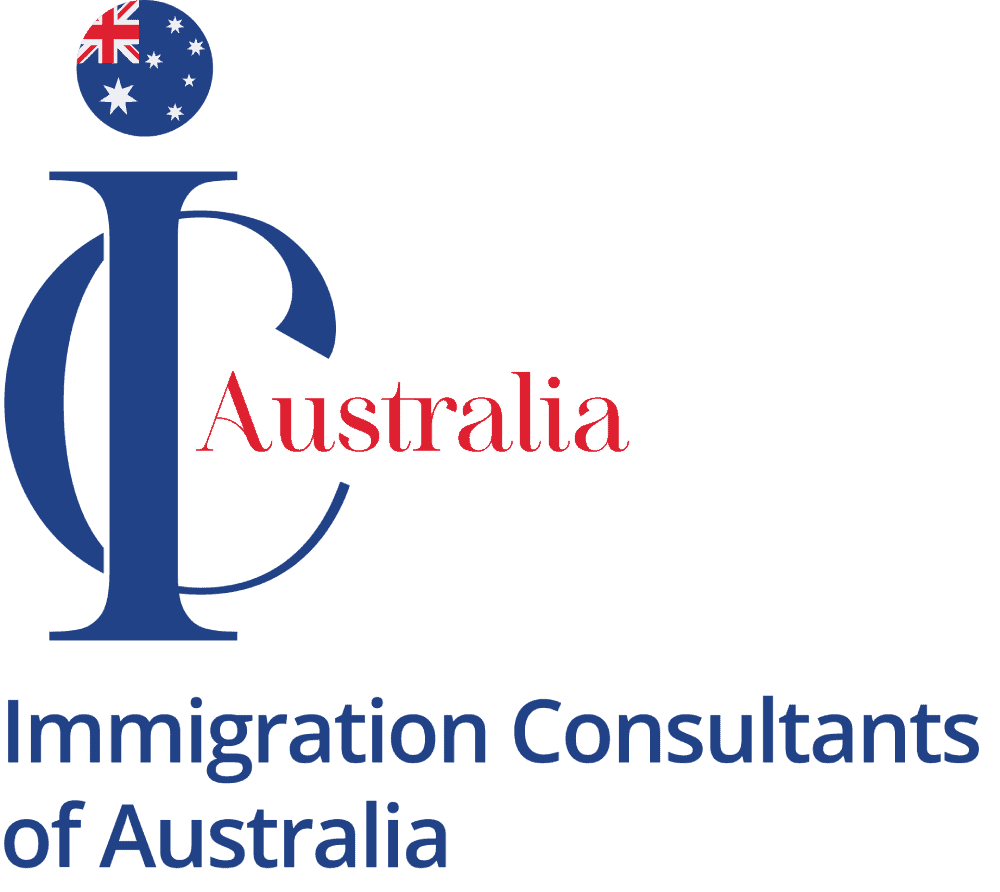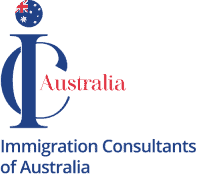Introduction
Are you considering making Australia your permanent home? Discover the different types of visas in Australia for permanent residency (PR) with this guide! In this comprehensive guide, we will walk you through the various types of Australian visas for permanent residency. Hence, providing you with all the information you need to make an informed decision.
Types of Visas in Australia for PR: Skilled Independent Visa (subclass 189)
The Skilled Independent Visa (subclass 189) is a popular choice for skilled workers. In fact, with this visa, candidates are eligible to live and work in Australia permanently. This visa is points-based and does not require sponsorship from an employer, a state or territory government, or a family member in Australia.
To be eligible for the Subclass 189 visa, you must meet certain criteria. First, you need to submit an Expression of Interest (EOI) through SkillSelect and await an invitation to apply. Additionally, this visa is for individuals who have the skills and qualifications that are in demand in Australia.
Once invited, you must provide evidence of your skills assessment, meet the English language requirements, and be under the age of 45. Additionally, you must score a minimum number of points based on factors such as your age, English language proficiency, work experience, and education qualifications.
The application process for the Subclass 189 visa involves submitting an online application, paying the necessary fees, and providing supporting documents. It is important to ensure that all the required documents are accurate and up to date to avoid delays or rejection of your application.
Types of Visas in Australia for PR: Skilled Nominated Visa (subclass 190)
The Skilled Nominated Visa (subclass 190) is another pathway for skilled workers to obtain permanent residency in Australia. Unlike the Subclass 189 visa, this visa requires nomination by a state or territory government agency.
To be eligible for the Subclass 190 visa, you must first submit an Expression of Interest (EOI) through SkillSelect and be invited to apply. In addition to meeting the basic requirements for the Subclass 189 visa, you must also be nominated by a state or territory government agency.
Each state or territory has its own specific requirements and criteria for nomination. These may include having skills that are in demand in the state or territory, meeting minimum work experience requirements, or having a job offer from an employer in that region.
Once nominated, you can proceed with the visa application process, which is similar to that of the Subclass 189 visa. You will need to submit an online application, pay the necessary fees, and provide supporting documents to demonstrate your skills, qualifications, and eligibility.
Types of Visas in Australia for PR: Skilled Work Regional (Provisional) Visa (subclass 491)
The Skilled Work Regional (Provisional) Visa (subclass 491) is a new visa introduced in November 2019. It is designed to encourage skilled workers to live and work in regional areas of Australia. In fact, this visa replaces the previous Subclass 489 visa.
To be eligible for the Subclass 491 visa, you must be nominated by a state or territory government agency. Alternatively, you can be sponsored by an eligible family member residing in a designated regional area. The visa is points-based, and you must meet the minimum points requirement to be invited to apply.
In addition to the nomination or sponsorship requirement, you must also meet the basic criteria for skilled migration, including having the necessary skills and qualifications, meeting the English language requirements, and being under the age of 45.
The Subclass 491 visa allows you to live and work in a designated regional area of Australia for up to five years. After three years, you may be eligible to apply for permanent residency through the Subclass 191 visa.
Types of Visas in Australia for PR: Employer Nomination Scheme (subclass 186)
The Employer Nomination Scheme (subclass 186) is a visa category for skilled workers who have an employer in Australia who is willing to sponsor them for permanent residency. This visa has three streams: the Temporary Residence Transition stream, the Direct Entry stream, and the Agreement stream.
The Temporary Residence Transition stream is for temporary visa holders who have worked for their employer for at least three years and meet certain age and English language requirements. The Direct Entry stream is for individuals who have never or only briefly worked in Australia, or do not qualify for the Temporary Residence Transition stream.
The Agreement stream is for individuals who are sponsored by an employer through a labor agreement. Each stream has its own specific requirements and eligibility criteria, so it is important to carefully review the requirements before applying.
To apply for the Subclass 186 visa, your employer must first lodge a nomination application on your behalf. Once the nomination is approved, you can proceed with the visa application. You will need to provide evidence of your skills, qualifications, and work experience, as well as meet the English language requirements.
Types of Visas in Australia for PR: Business Innovation and Investment Visa (subclass 188)
The Business Innovation and Investment Visa (subclass 188) is designed for individuals who are willing to invest or start a business in Australia. Additionally, this visa has five streams: the Business Innovation stream, the Investor stream, the Significant Investor stream, the Premium Investor stream, and the Entrepreneur stream.
The Business Innovation stream is for individuals who want to establish, develop, or manage a business in Australia. Likewise, the Investor stream is for individuals who are willing to make a designated investment in Australia. Additionally, the Significant Investor stream is for individuals who are willing to invest a significant amount in complying investments in Australia.
The Premium Investor stream is for individuals who are willing to invest a minimum of AUD 15 million in Australia. The Entrepreneur stream is for individuals who have a funding agreement from a third party for at least AUD 200,000 to undertake a complying entrepreneur activity.
In fact, each stream has its own specific requirements and criteria. Thus, it is important to carefully review the eligibility criteria before applying. The Subclass 188 visa is a provisional visa that allows you to stay in Australia for up to four years and three months. After meeting certain requirements, you may be eligible to apply for permanent residency through the Subclass 888 visa.
Types of Visas in Australia for PR: Partner Visa (subclass 820/801)
The Partner Visa (subclass 820/801) is for individuals who are in a genuine and ongoing relationship with an Australian citizen, permanent resident, or eligible New Zealand citizen. This visa allows you to live, work, and study in Australia, and eventually apply for permanent residency.
The subclass 820 visa first grants temporary residency. This visa allows you to stay in Australia while the Department of Home Affairs assesses your eligibility for permanent residency under the subclass 801 visa. To be eligible for the Partner Visa, you must be in a genuine and ongoing relationship with your partner. Additionally, you must meet certain requirements.
These requirements include proving the legitimacy of your relationship, providing evidence of living together, and meeting health and character requirements. In fact, the application process for the Partner Visa can be complex. Additionally, it involves providing extensive evidence to support your relationship.
Types of Visas in Australia for PR: Parent Visa (subclass 103)
The Parent Visa (subclass 103) is for individuals who have a child who is an Australian citizen, permanent resident, or eligible New Zealand citizen. This visa allows parents to live in Australia permanently and enjoy the benefits of Australian residency.
To be eligible for the Subclass 103 visa, you must meet certain criteria. The requirements include having a child who is settled in Australia and willing to sponsor you, meeting the balance of family test, and meeting health and character requirements. The balance of family test requires that at least half of your children are Australian citizens, permanent residents, or eligible New Zealand citizens.
The Parent Visa is in high demand and has long processing times. It is important to carefully review the eligibility criteria and ensure that you meet all the requirements before applying.
Types of Visas in Australia for PR: Contributory Parent Visa (subclass 143)
The Contributory Parent Visa (subclass 143) is a faster processing option for parents who wish to migrate to Australia to join their children. This visa requires a higher financial commitment compared to the Subclass 103 visa, but offers shorter processing times.
To be eligible for the Subclass 143 visa, you must meet the basic criteria for the Parent Visa. In fact, must have a child settled in Australia who is willing to sponsor you. Additionally, you must meet the balance of family test, and meeting health and character requirements.
In addition to the basic criteria, you must also pay a higher visa application charge and a second installment known as the Assurance of Support. The Assurance of Support requires lodging a financial bond to ensure that you will not rely on social security benefits upon arrival in Australia.
The Subclass 143 visa allows you to live in Australia permanently and enjoy the benefits of Australian residency. It is important to carefully consider the financial commitment required before applying for this visa.
Conclusion and choosing the right visa for permanent residency
In conclusion, there are various types of Australian visas available for individuals who wish to obtain permanent residency. From skilled visas like the Subclass 189 and Subclass 190, to family-sponsored visas like the Subclass 491 and Contributory Parent visas, each visa category has its own unique set of requirements and benefits.
So, what are you waiting for? Start planning your move to Australia and seek assistance from ICAustralia! We simplify the application process and increase your chances of success. Additionally, we guarantee a smooth and successful immigration experience to Australia by crafting a personalized immigration plan that aligns with your unique profile and aspirations. As well, we offer comprehensive assistance and guidance from a regulated MARA agent and manage the application submission process on your behalf.
Start your Australian dream by contacting ICAustralia today!


